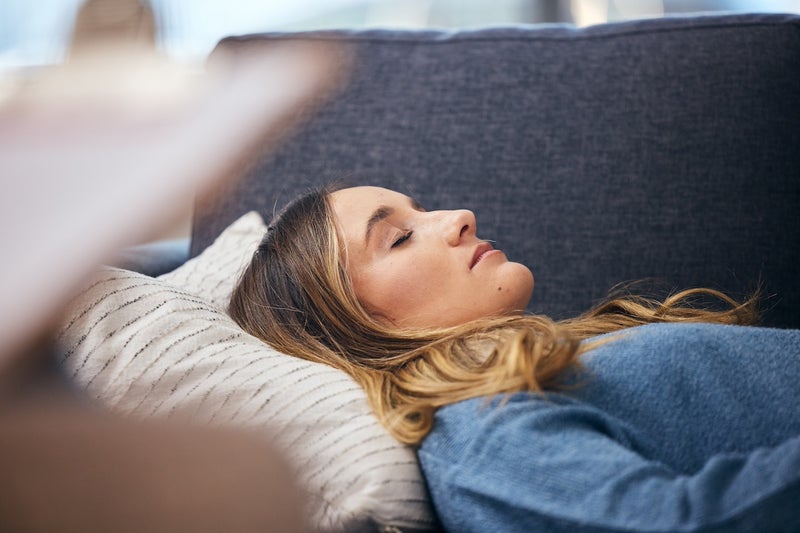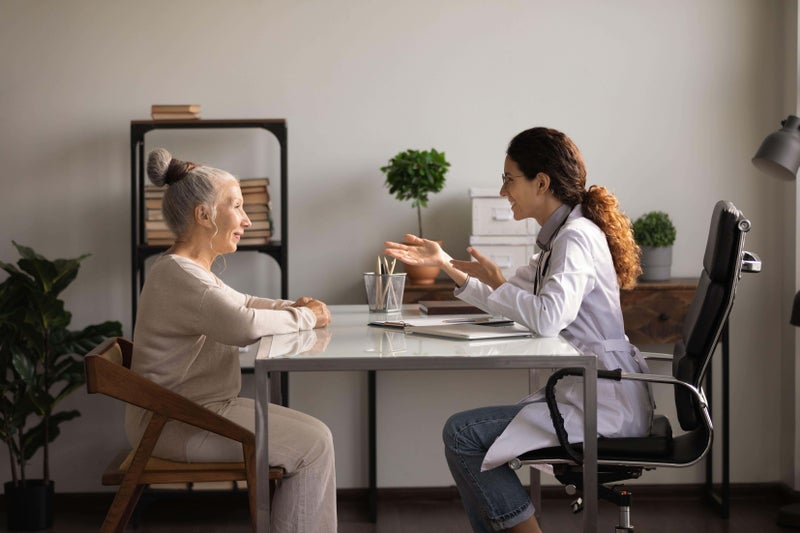It is the sense of dread that turns the smallest of spaces into the biggest of problems. One in ten of us will be affected by claustrophobia in our lifetime, and it’s more common among women. For those at the serious end of the spectrum, everyday activities – from taking the lift to getting on a train – can trigger compulsive thoughts of restriction or suffocation.
But how do you know if your claustrophobia is just a legitimate response to the possibility of being trapped, or has morphed into an irrational phobia that’s having a crippling effect on how you work, live and travel?. Here are some questions to consider - and what you can do to overcome it...
The NHS defines the condition as ‘the irrational fear of confined spaces’. This can range from mild trepidation to full-on panic attacks. Common triggers include lifts, tunnels, underground trains, public toilets, locked rooms and planes. Some people are crippled just by thinking about these types of enclosed spaces, so will go to extreme lengths to avoid them in real life - which can have a devastating effect on their quality of life.
Physical responses can include trembling, hot flushes or chills, difficulty breathing, a choking sensation, nausea, ringing in the ears and even the need to go to the toilet. The psychological symptoms may include feelings of being detached from your body and fear of losing control, fainting or even dying.
The charity Anxiety UK says: ‘For people suffering from claustrophobia who have developed a pattern of avoidance, their behaviour may have become so entrenched that they hardly notice the lengths that they go to in order to avoid being “trapped”.’.
One in ten of us will be affected by claustrophobia in our lifetime, and it’s more common among women. The source of the problem may be a traumatic event experienced during early childhood, but this is far from the only explanation. Peter Kinderman, a professor of clinical psychology, says: ‘I can think of 1,000 ways in which somebody’s attention would be drawn to the dangers of being trapped without them ever experiencing it. All you need is an imagination.’.
For example, you don’t have to have been imprisoned in a cave as a child to imagine what it might be like to be stuck underground. He adds that, though we need to be careful of letting claustrophobia take over our lives, ‘I’d say a fear of being trapped is not only rational, but evolutionarily essential.’.
One study of mice by German scientists suggested that claustrophobia could be the result of a gene mutation, while Japanese academics found it may be down to having a smaller amygdala, the part of the brain that controls anxiety. A study by researchers at Birkbeck, University of London, and Emory University in the US, found that another factor may be how we interpret our ‘personal space’. The commonly accepted ‘normal’ definition of personal space is around an arm’s reach away from you. Those who consider their personal space to be greater than this are more likely to experience fears associated with claustrophobia.
Women are more likely to have the condition than men, though it is not known why. Claustrophobia is eminently treatable. The key is to break the thought process that leads your attention to go straight to the worst-case scenario. Prof Kinderman says: ‘Even in its most extreme forms, it is a problem that I would be reasonably confident I could help somebody with. Using a process called systematic desensitisation, I would encourage people to gently build up their tolerance to the sorts of situations that they find scary.
‘If someone said to me that they were wasting huge amounts of money on taxis and they’d really like to take the Tube, I’d get them to close their eyes and deeply imagine themselves underground. I’d also think of imaginative ways of simulating the experience. You’d systematically build up someone’s tolerance to those uncomfortable feelings.’.
Cognitive behavioural therapy (CBT) – which focuses on what people think, how those thoughts affect them emotionally and how they ultimately behave – is available free on the NHS. You can refer yourself directly to a talking therapies service, or be referred by your GP.
Clinical hypnotherapy is another option, where you will be encouraged to visualise a feared situation while in a deep state of relaxation. In extreme cases, where the condition involves frequent panic attacks or loss of sleep, then medication, such as antidepressants or tranquilisers, may be advisable. Speak to your GP, but be aware that this will only help to alleviate symptoms and will not resolve any underlying issues.





.jpg?crop=4:5,smart&quality=75&auto=webp&width=960)

























